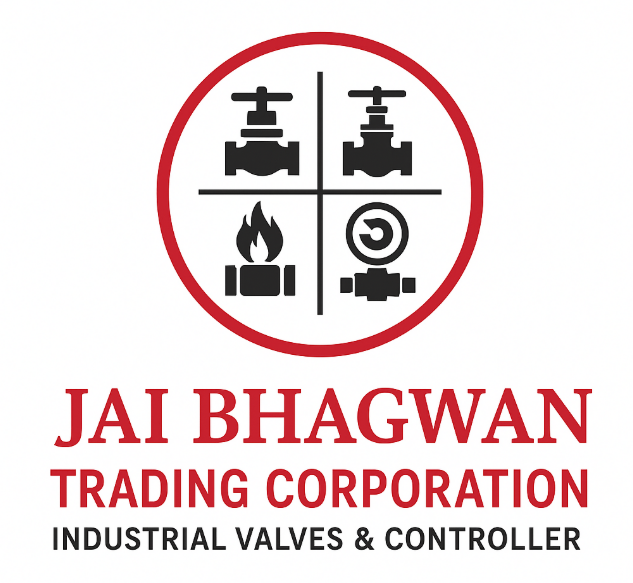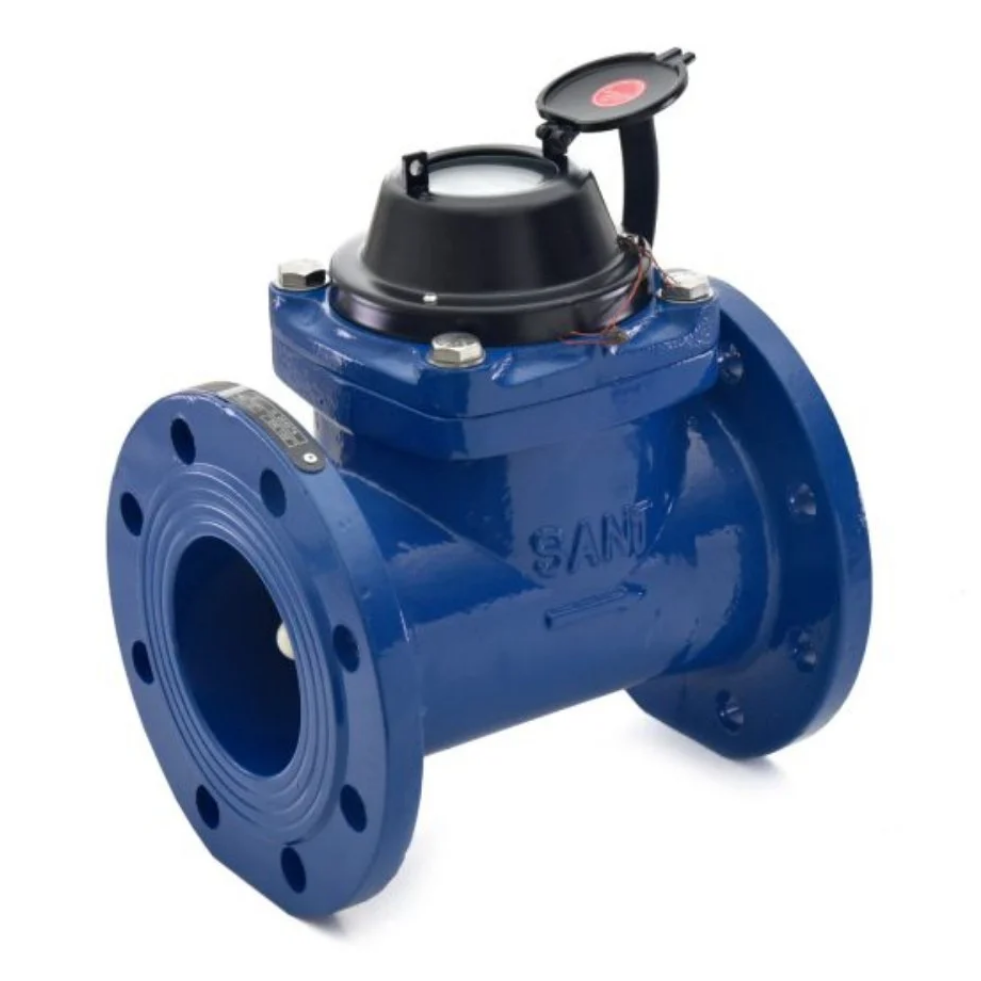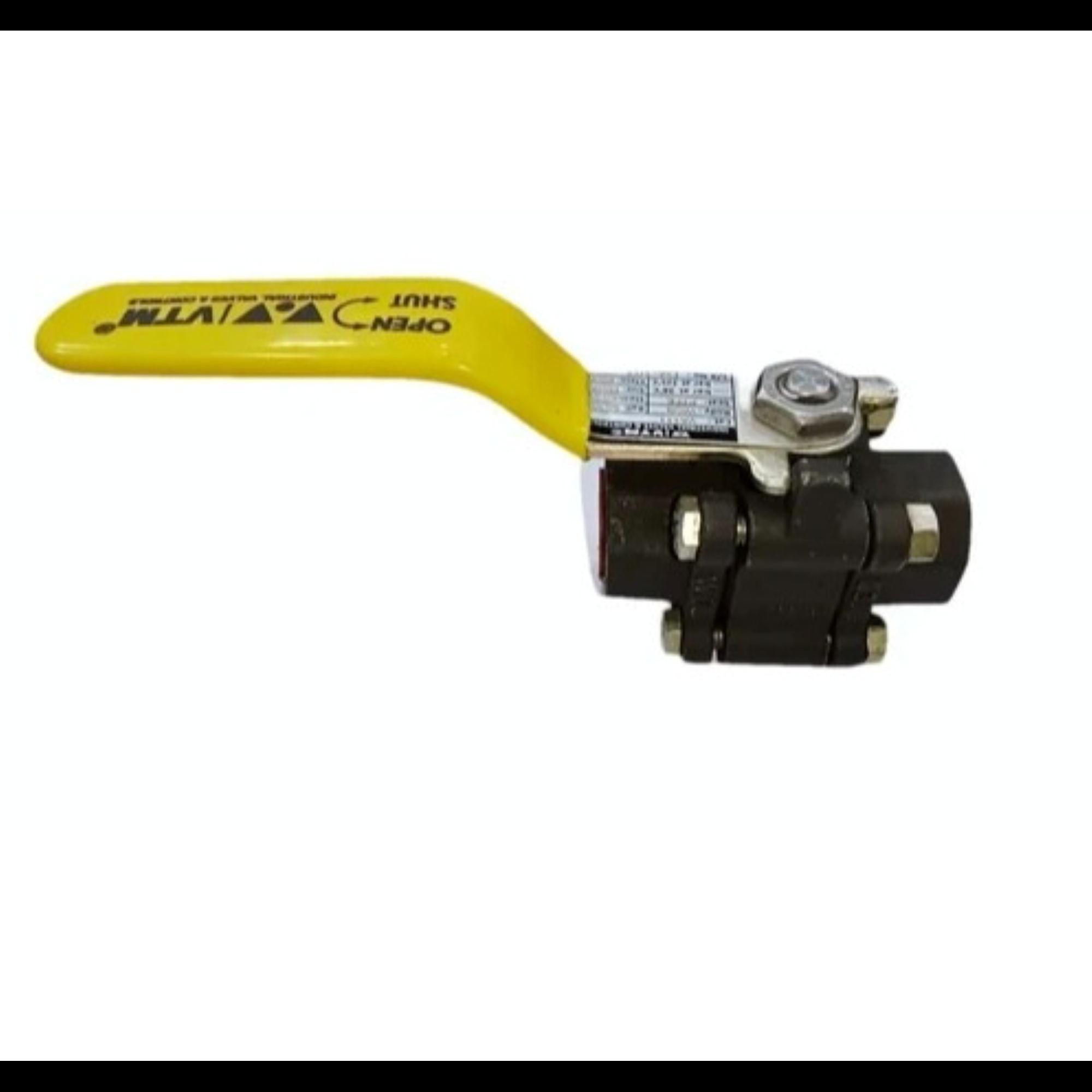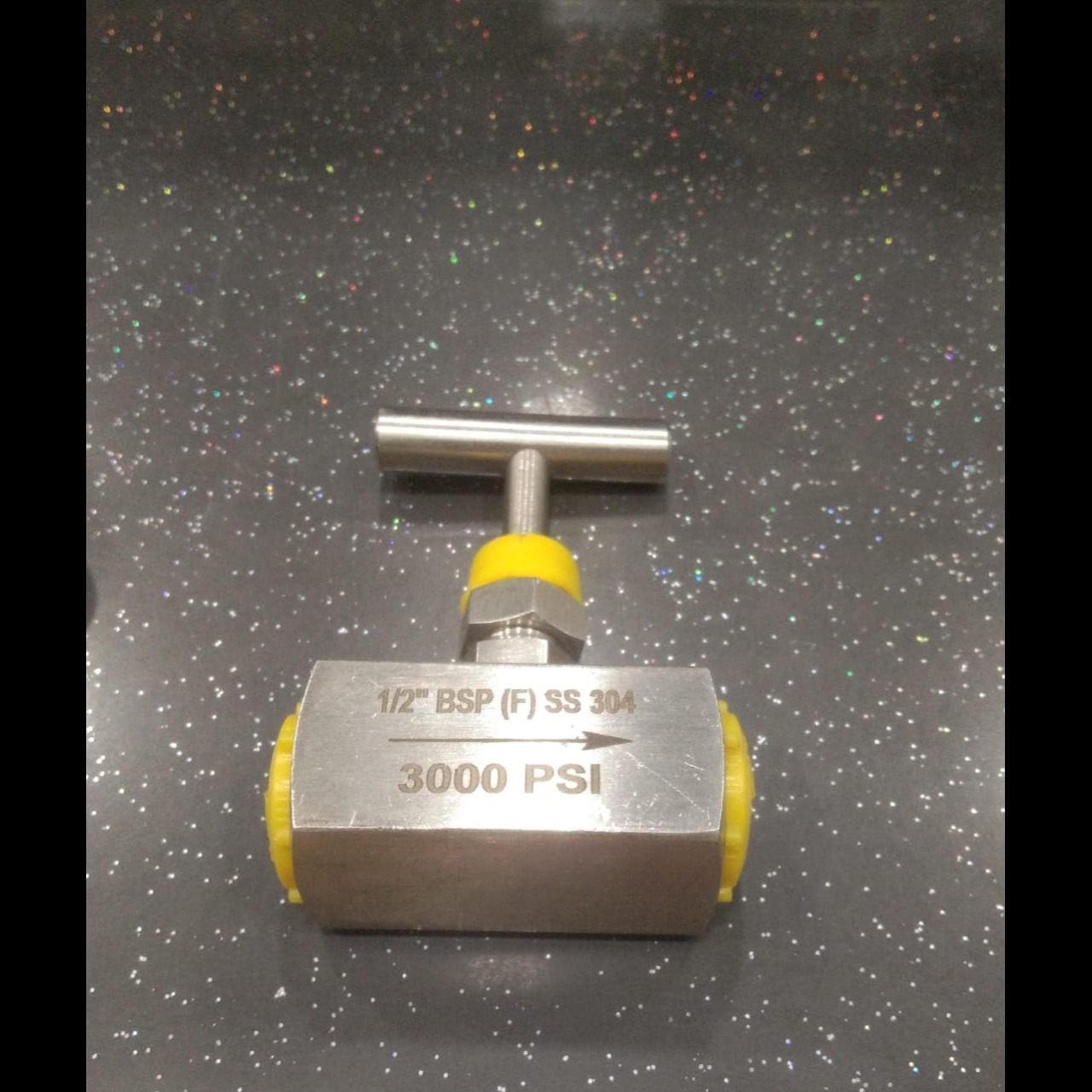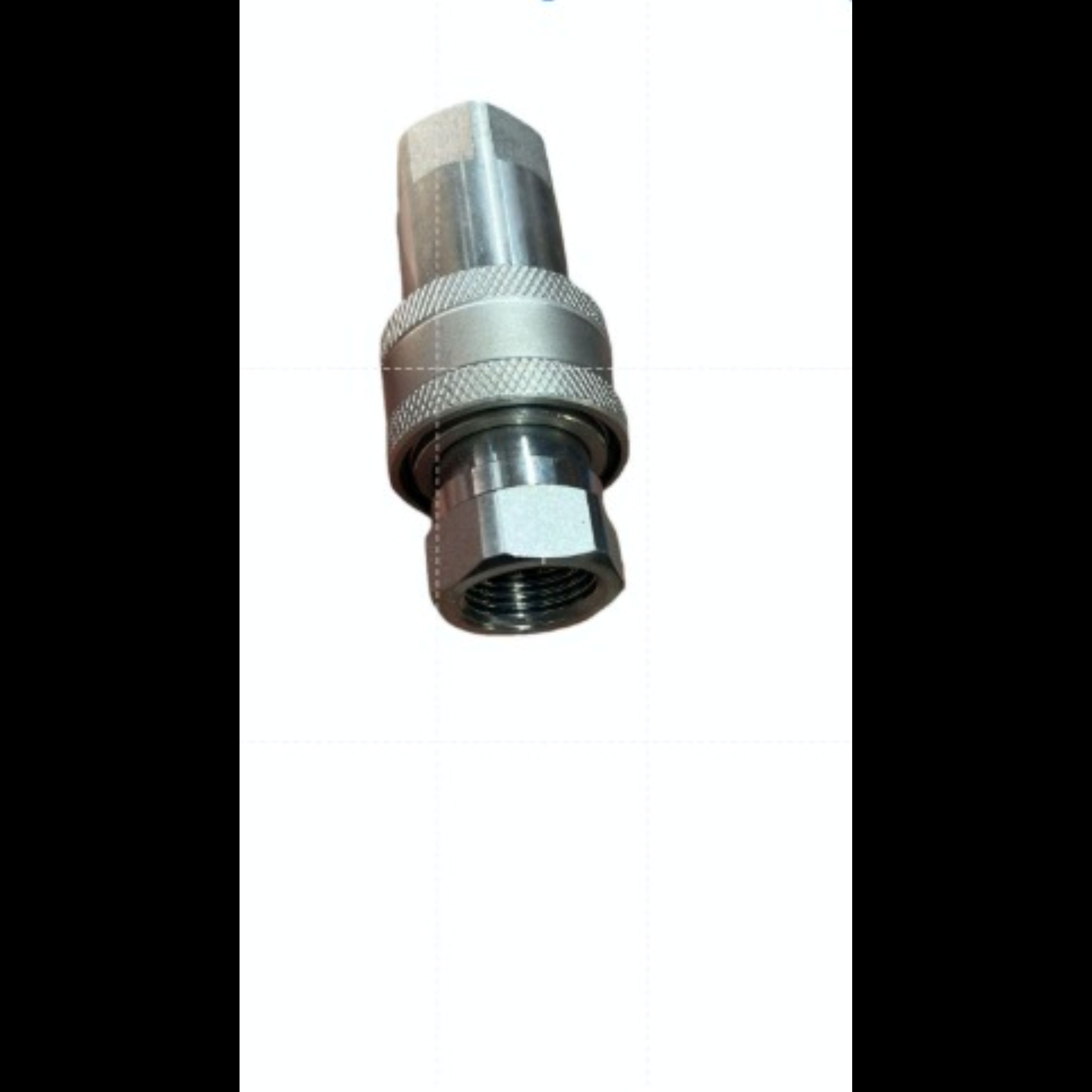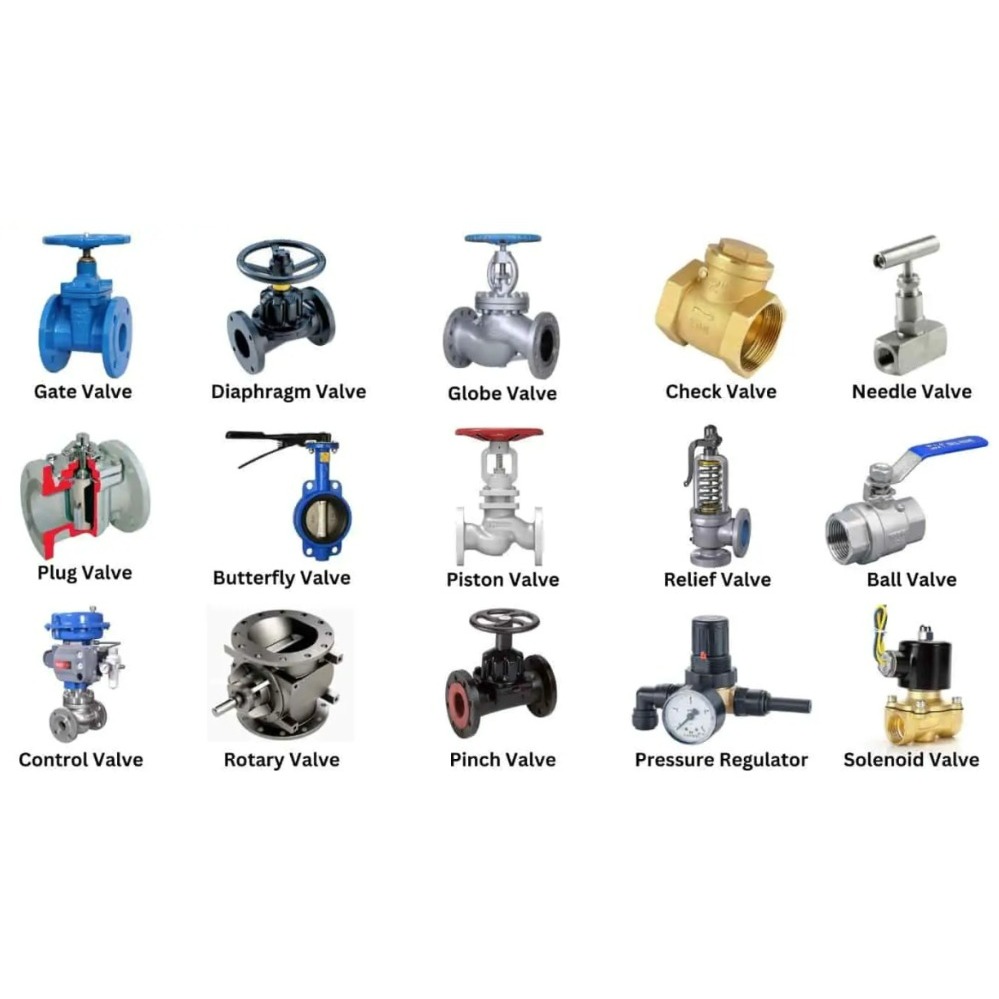
Control Valve Dealer
Control valves are crucial components in many industrial processes, enabling precise regulation of fluid flow, pressure, and temperature. These valves adjust the flow rate of fluids such as water, steam, gases, and oil, ensuring that systems operate efficiently and safely.
At their core, control valves consist of a valve body, an actuator, and a control mechanism. The valve body houses the internal parts that control fluid flow, such as the plug and seat. The actuator moves the plug in response to control signals, while the control mechanism (often a positioner) adjusts the actuator based on feedback from the system.
One of the primary types of control valves is the globe valve, which offers precise flow control due to its linear motion. Another common type is the ball valve, known for its quick operation and tight shutoff capabilities. Butterfly valves are used for their compact design and efficient flow control, especially in larger pipelines.
Control valves can be operated manually, pneumatically, or electronically. Manual valves are adjusted by hand, while pneumatic and electronic valves use air pressure or electrical signals for automated control. Modern systems often use digital control systems to optimize performance, integrating with process control software to maintain desired setpoints and respond to varying conditions.
Proper selection and maintenance of control valves are vital for system efficiency. Factors like the type of fluid, pressure requirements, and flow characteristics influence valve choice. Regular inspection and calibration ensure that valves function correctly and maintain system reliability.
In summary, control valves are integral to managing and optimizing industrial processes, providing essential control over fluid dynamics to ensure safety, efficiency, and operational effectiveness.
Keywords
flow rate
fluid flow
ball valve
valve body
common type
globe valve
air pressure
valve choice
linear motion
primary types
Manual valves
fluid dynamics
Modern systems
compact design
internal parts
quick operation
control signals
Proper selection
larger pipelines
Butterfly valves
system efficiency
desired setpoints
electronic valves
essential control
automated control
control mechanism
system reliability
Regular inspection
varying conditions
electrical signals
crucial components
precise regulation
flow characteristics
precise flow control
pressure requirements
efficient flow control
digital control systems
process control software
operational effectiveness
many industrial processes
tight shutoff capabilities
Control Valve Dealer Control valves
